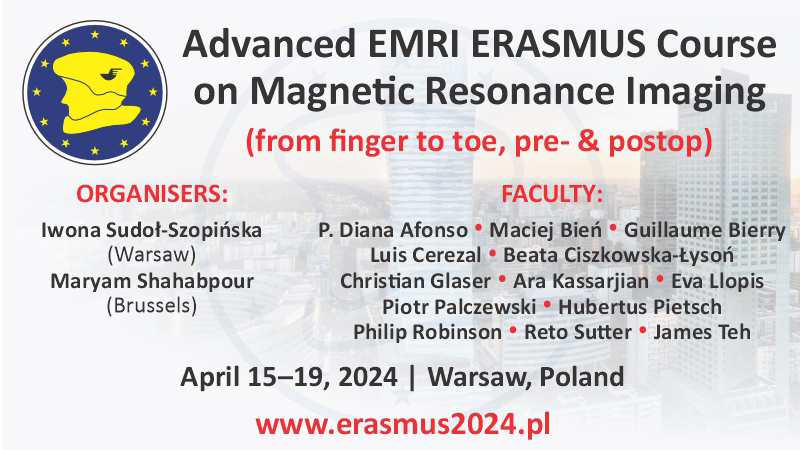Uterine artery Doppler velocimetry in hypertensive disorder of pregnancy in Nigeria
Ibukun A. Abidoye1, Oluwagbemiga O. Ayoola1, Bukunmi M. Idowu1, Adeniyi S. Aderibigbe1, Olabisi M. Loto2
 Affiliation and address for correspondence
Affiliation and address for correspondenceAim of the study: To evaluate the value of uterine artery Doppler indices and waveform pattern in predicting fetuses at risk for intrauterine growth restriction in hypertensive disorders of pregnancy. Materials and methods: This was a prospective cross-sectional study including 80 pregnant subjects with hypertensive disorders of pregnancy and two control groups. Uterine artery Doppler sonography was performed in all study participants. Uterine artery Doppler indices across the groups were compared using the analysis of variance (ANOVA) while the presence of prediastolic notch was analyzed with the Chi Square test. Results: For the hypertensive disorders of pregnancy group, resistivity index > 0.66 had a sensitivity of 50.0%, specificity of 69.1% and a positive predictive value of 22.2% for predicting intrauterine growth restriction. The odds ratio was 2.2 with a 95% confidence interval of 0.6–7.8. The presence of prediastolic notching had a sensitivity of 100.0%, specificity of 96.0% and a positive predictive value of 80.0% for predicting intrauterine growth restriction. The odds ratio was 22.7 with a 95% confidence interval of 7.5–68.5. Conclusion: Uterine artery Doppler sonography is useful for predicting fetuses at risk for intrauterine growth restriction in hypertensive disorder of pregnancy. Prediastolic notching is more sensitive and more specific than uterine artery resistivity index in predicting fetuses at risk of intrauterine growth restriction in established hypertensive disorder of pregnancy.






